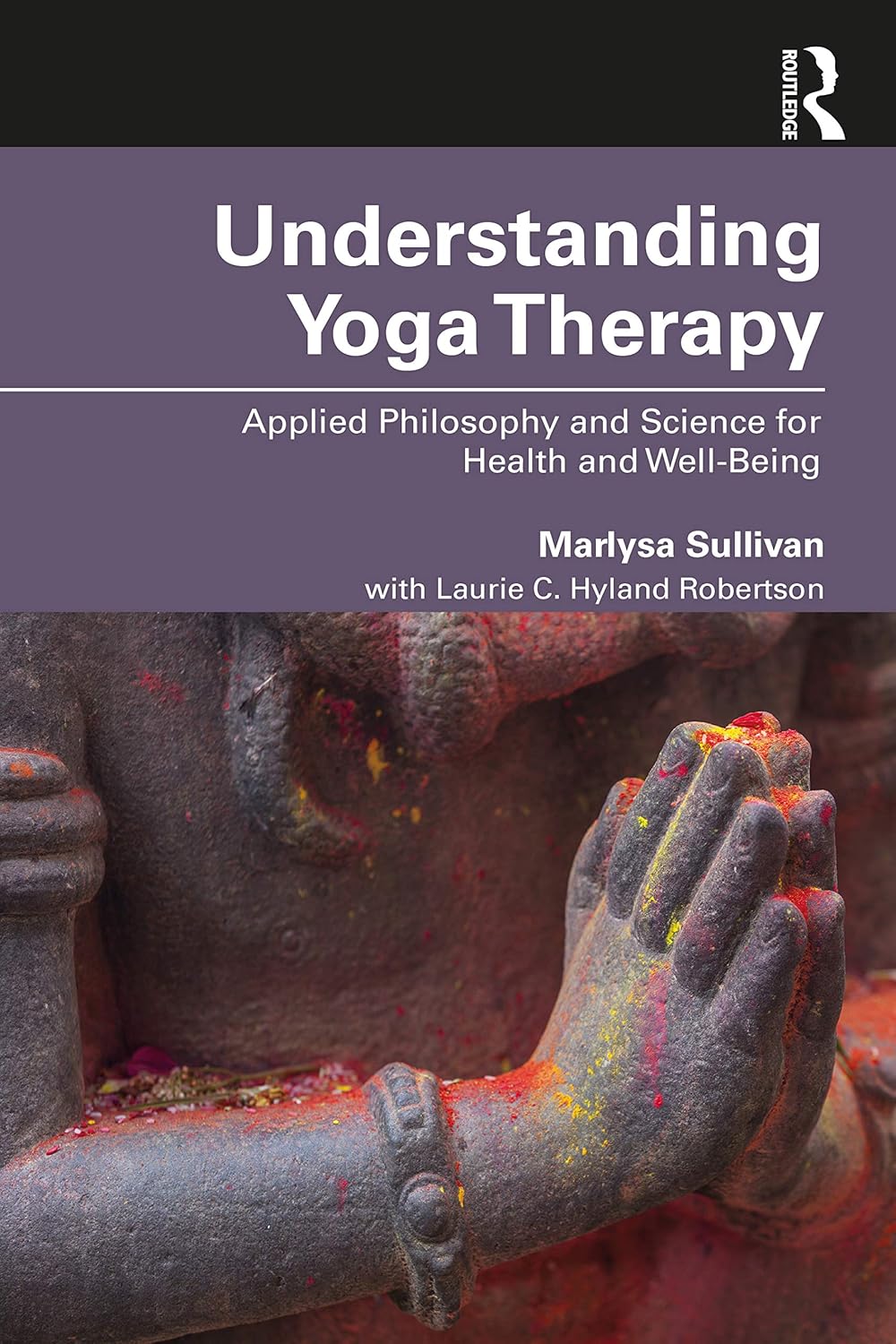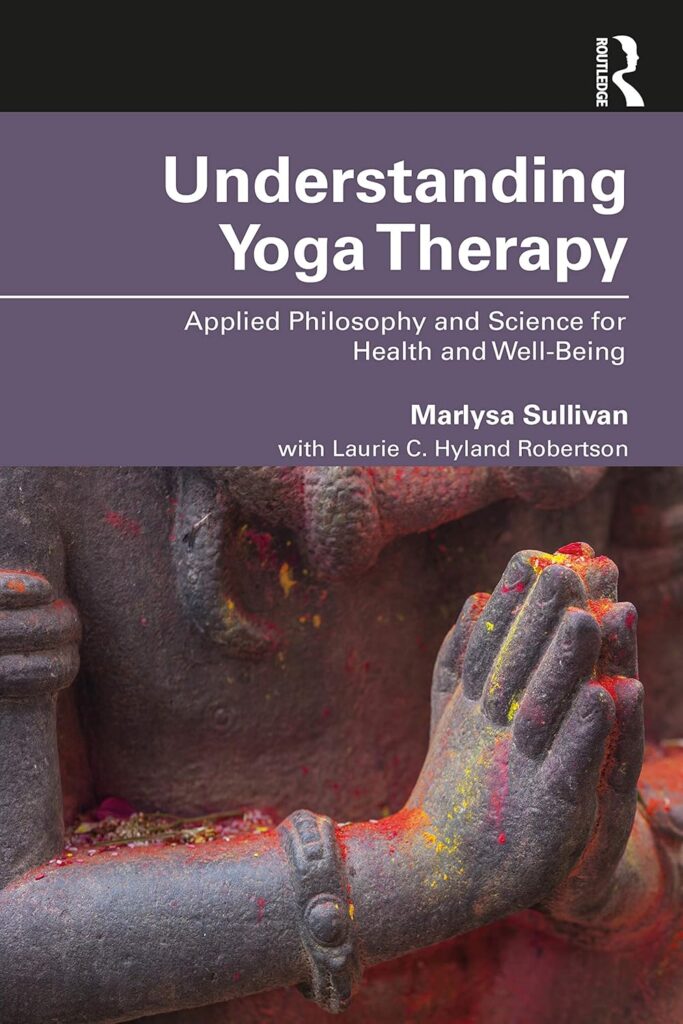Have you ever wondered how yoga therapy differs from traditional yoga classes and what science says about its benefits? If yes, “Routledge Understanding Yoga Therapy: Applied Philosophy and Science for Health and Well-Being” might be the book you’re looking for. Packed in a paperback illustration published on 5 May 2020, this book presents a fascinating exploration into the world of yoga therapy. Dive into its pages to discover the intricate balance of philosophy and science that underpins this branch of wellness.
The Essence of Yoga Therapy
Yoga therapy is not just about doing asanas; it’s a holistic approach that emphasizes healing and well-being. Unlike your regular yoga class that you might attend for fitness or relaxation, yoga therapy delves deeper into applying yoga practices to treat physical and mental conditions. In this book, the authors present yoga therapy with a unique blend of philosophy and science, showing you how these two disciplines can coalesce to enhance health and well-being.
Philosophy Meets Application
The book begins by exploring the philosophical roots of yoga therapy. You might think of this as a journey into understanding why yoga works at a deeper, more comprehensive level. This isn’t about just stretching your muscles; it’s about the mind-body connection, awareness, and introspection. It integrates ancient philosophies with modern-day science, creating a bridge between past wisdom and current knowledge. You’ll appreciate how age-old beliefs about body and mind are supported by contemporary research.
Science Behind the Practice
How does yoga therapy impact your body and mind scientifically? This book meticulously breaks down various scientific interpretations of yoga therapy. Chapters delve into anatomy, psychology, and physiology to explain how and why yoga can heal. You’ll encounter detailed explanations backed up by research and studies that bolster the claims of yoga’s benefits. The discussion addresses both physical conditions like chronic pain and mental health issues like anxiety and depression.
Table: Key Scientific Insights Covered in the Book
| Aspect of Health | Scientific Insight |
|---|---|
| Physical Health | Reduction in inflammation, improvement in flexibility. |
| Mental Health | Decrease in anxiety, improved emotional regulation. |
| Physiological Impact | Enhancements in respiratory and cardiovascular functions. |
| Neurological Response | Positive changes in brain structure and function. |
Routledge Understanding Yoga Therapy: Applied Philosophy and Science for Health and Well-Being Paperback – Illustrated, 5 May 2020
Benefits of Using Yoga Therapy
You may be asking yourself how yoga therapy could specifically benefit you. The aim of this book is not just to inform you about yoga therapy but to show its practical implications in your life. Here’s a look at some noteworthy benefits highlighted in the book.
Improvement in Physical Health
Yoga therapy is renowned for its ability to address and alleviate a myriad of physical issues. This book underscores how yoga therapy’s targeted exercises can reduce symptoms of chronic ailments such as arthritis, fibromyalgia, and back pain. You’ll find explanations on how proper alignment and breath work can foster healing and regain strength.
Mental Health and Emotional Wellbeing
This book takes you through the mental health benefits that yoga therapy offers. The practices introduced aim to lower levels of stress hormones and boost mood-enhancing chemicals in the brain. Through mindful movements and meditation, yoga therapy encourages better sleep patterns and enhances overall mood, helping you combat depression and anxiety.
Spiritual Growth and Self-awareness
You’ll discover a profound focus on inner awareness and spiritual growth. Yoga therapy promotes mindfulness, allowing for a greater sense of self-understanding and enlightenment. The authors suggest that this spiritual connection is the essence of healing and growth, linking body, mind, and soul.
Practical Applications in Everyday Life
The book encourages you to incorporate yoga therapy into your lifestyle, regardless of age or fitness level. It provides practical advice and exercises that you can easily follow along with at home.
Incorporating Yoga into Daily Routine
One of the most favorable aspects of this book is its user-friendly approach to integrating yoga therapy into daily life. With straightforward guidance, you’ll learn how to create a balanced practice, including asanas (postures), pranayama (breathing techniques), and meditation skills tailor-made for your needs. This practical guidance makes it simple to start benefiting from yoga therapy almost immediately.
Personalized Practices
What sets yoga therapy apart is the personalized approach. The book extensively emphasizes creating yoga therapy programs tailored to the individual. You might not realize how crucial personalized practice is until you see the difference it makes. The authors provide insights on tailoring practices based on specific needs, whether it’s physical limitations or emotional hurdles.
Holistic Approach to Health
The holistic view taken by “Routledge Understanding Yoga Therapy” is all about balance. It integrates the mind, body, and spirit, giving you a complete toolkit to enhance overall well-being.
Integration of Diet and Lifestyle
A notable section focuses on the broader lifestyle changes that complement yoga therapy. Diet, sleep, and stress management are discussed as integral components of a healthy lifestyle. You’ll get a glimpse into how these elements work in harmony with your yoga practice, creating a sustainable model for living well.
Community and Connection
Yoga is not just an individual practice; it can build community and connections. The book highlights this aspect, illustrating how group practices and shared experiences can enhance personal growth and foster a sense of belonging and support.
User Feedback and Real-Life Applications
What do others say about the book and its approach to yoga therapy? Understanding the community’s feedback can offer valuable insight into its effectiveness and resonate with your personal experiences.
Enhanced Understanding
Feedback from readers often mentions an enhanced understanding of both the art and science of yoga therapy. Many appreciate the book’s ability to break down complex subjects into digestible, relatable content. It bridges the gap, ensuring that even those new to yoga therapy can grasp its concepts and benefits.
Success Stories
You will find various success stories of individuals who have used yoga therapy to overcome physical and emotional challenges. These narratives provide proof of the practice’s potential and serve as inspiration, demonstrating that transformation and healing are genuinely possible. They represent a powerful testament to the efficacy of yoga therapy.
Conclusion: A Comprehensive Guide to Yoga Therapy
If you’re serious about improving your health and well-being through yoga therapy, this book can be an invaluable asset. It offers a nuanced look at the philosophical and scientific underpinnings of yoga therapy and how to apply them practically in your everyday life. Whether you’re new to yoga or a seasoned practitioner, this book holds a wealth of knowledge that could significantly enhance your understanding and practice of yoga therapy. In essence, it’s a journey of discovery, healing, and personal growth that guides you towards a healthier life.
Disclosure: As an Amazon Associate, I earn from qualifying purchases.





